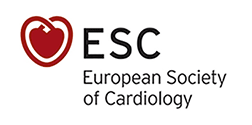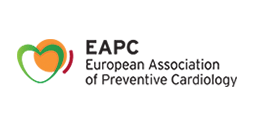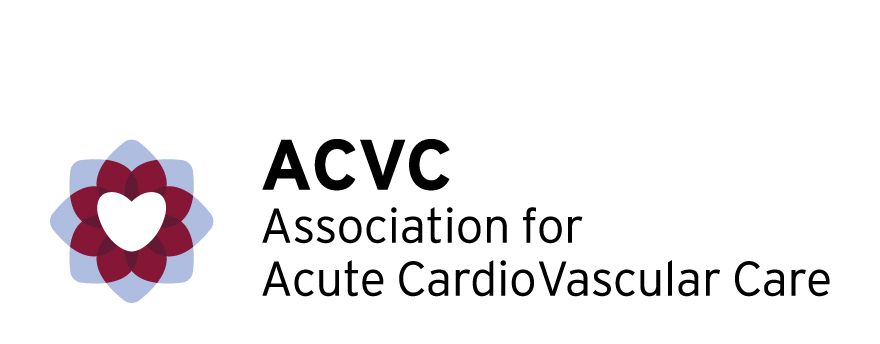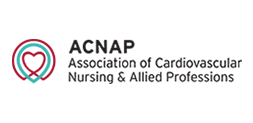Estimating your risk of a second heart attack or related complaint
People who have experienced a heart attack are at increased risk of a second heart attack or related condition. However, this risk varies depending on a number of factors.
 This risk varies depending on a number of factors (see ‘risk factors for a second heart attack’). This means that the chance of a second heart attack over the next ten years can range from 10% or “1 in 10” to more than 50% or “1 in 2”.
This risk varies depending on a number of factors (see ‘risk factors for a second heart attack’). This means that the chance of a second heart attack over the next ten years can range from 10% or “1 in 10” to more than 50% or “1 in 2”.
To bring this to life, imagine there are two groups of 100 people who have had a heart attack. In one group, ten of them go on to have a second heart attack in the next ten years. However in the second group, 50 of them have a second heart attack. If you could find out which group you were most like, it would help you discuss with your doctor whether your treatment needed to be more intensive.
The SMART risk score combines these important risk factors into one estimate of your risk of a second heart attack or related complaint over the next ten years. It is designed for use by anyone who has had a previous heart attack (or has had related problems such as angina, stroke, a “transient ischemic attack”, aneurysm, problems with blood vessels in the legs, or any combination of those). It is easy to use and the factors are easy to measure. It is important that you get the most accurate score by filling in all of the fields of the calculator and you may need to ask your doctor to provide the required information. However, if you do not have all the information to hand then you can use the “average” score instead as a guide until you do. This may be the case for blood test results, such as the high-sensitivity C-reactive protein (hsCRP) or high-density lipoprotein (HDL) cholesterol results. It is always important to discuss the best treatment options with your doctor.



